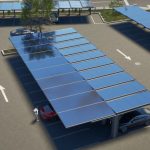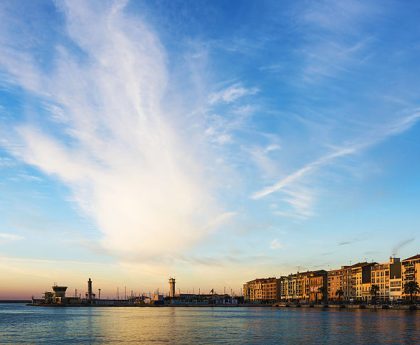CARLSBAD —
Carlsbad is working with consultants and industry experts to build a solar energy farm on 30 to 40 acres the city owns at the Maerkle Reservoir.
The Carlsbad Municipal Water District recently completed a feasibility study and is on track to select a development partner by the end of the year, Intergovernmental Affairs Director Jason Haber said Tuesday at a meeting of the Carlsbad City Council, which oversees the water district.
The reservoir covers about 17 acres of the district’s property in a little-seen eastern corner of the city near the border with Oceanside and Vista. The photovoltaic panels would be installed on vacant property the district owns just north of the reservoir.
Up to 8 megawatts could be generated by the system, said the city’s Senior Engineer Keri Martinez. A single megawatt is to supply 650 average homes annually, according to SDG&E.
Carlsbad resident Don Christiansen, an energy activist, spoke in strong support of the project during Tuesday’s brief update on the project.
“We are better served as a community to create what we can locally, rather than depend on … glorified extension cords to get power from where it’s created in the boonies,” Christiansen said.
Benefits would include a source of renewable energy, additional revenue for the water district, lower rates for water consumers, and resiliency from the natural disasters that threaten other power sources, he said.
“This has the makings of the backbone of a microgrid,” he said. “I’m glad to see the city is moving along with this.”
Carlsbad built the Maerkle Reservoir in the 1960s to store drinking water piped in from the San Diego County Water Authority’s aqueduct.
At its maximum, the reservoir is 60 feet deep and contains about 200 million gallons of water, enough to supply all of Carlsbad for up to 20 days.
In 2018 the city approved spending more than $9 million in 2019 on a floating plastic cover to replace one installed in 1996. The cover reduces evaporation and prevents contamination from birds, animals and bacteria.
This post was originally published on 3rd party site mentioned in the title of this site





